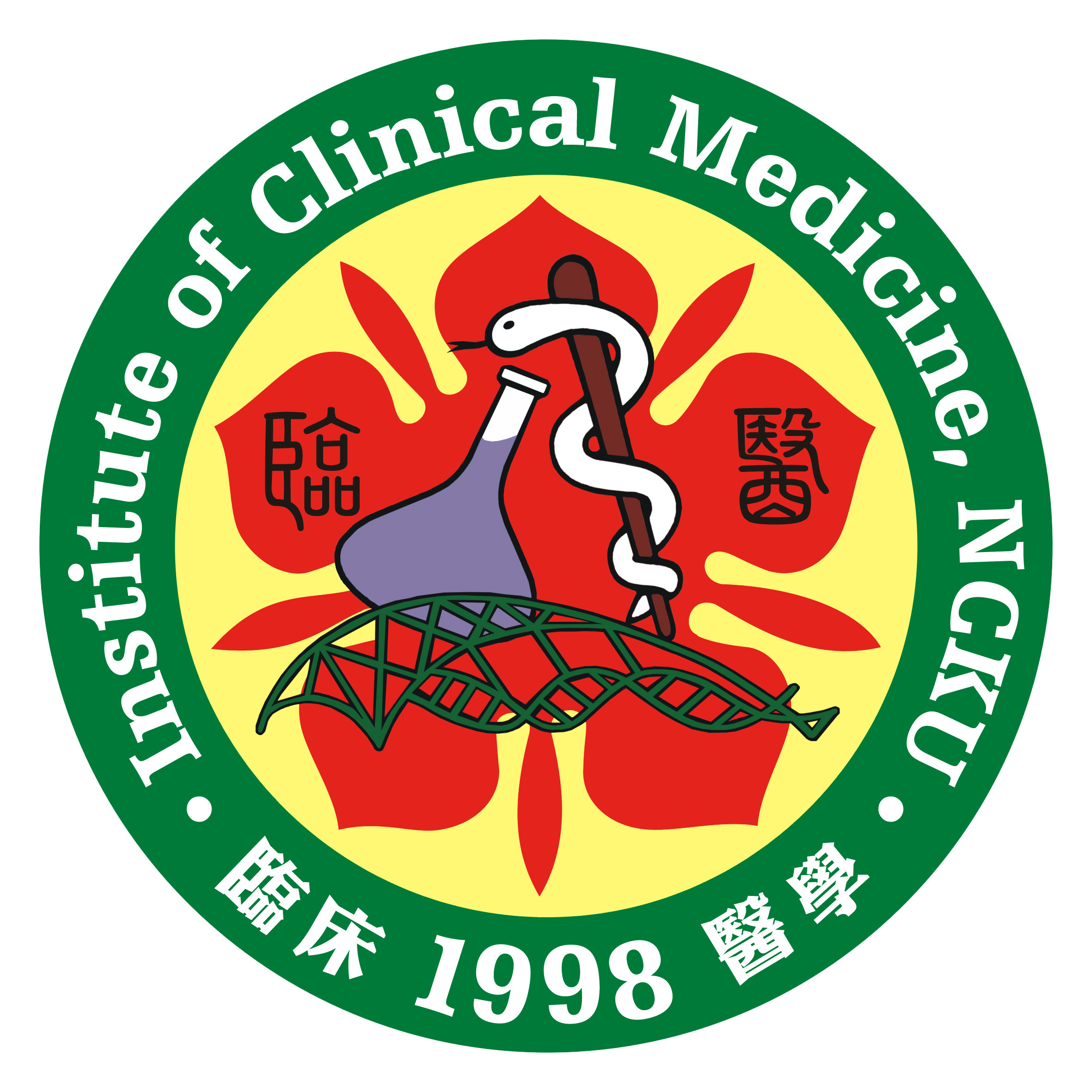蘇文彬 老師, APLF facilitates interstrand DNA crosslink repair and replication fork protection to confer cisplatin resistance., Nucleic Acids Res . 2024 Mar 23:gkae211.
Abstract
Replication stress converts the stalled forks into reversed forks, which is an important protection mechanism to prevent fork degradation and collapse into poisonous DNA double-strand breaks (DSBs). Paradoxically, the mechanism also acts in cancer cells to contribute to chemoresistance against various DNA-damaging agents. PARP1 binds to and is activated by stalled forks to facilitate fork reversal. Aprataxin and polynucleotide kinase/phosphatase-like factor (APLF) binds to PARP1 through the poly(ADP-ribose) zinc finger (PBZ) domain and is known to be involved in non-homologous end joining (NHEJ). Here, we identify a novel function of APLF involved in interstrand DNA crosslink (ICL) repair and fork protection. We demonstrate that PARP1 activity facilitates the APLF recruitment to stalled forks, enabling the FANCD2 recruitment to stalled forks. The depletion of APLF sensitizes cells to cisplatin, impairs ICL repair, reduces the FANCD2 recruitment to stalled forks, and results in nascent DNA degradation by MRE11 nucleases. Additionally, cisplatin-resistant cancer cells show high levels of APLF and homologous recombination-related gene expression. The depletion of APLF sensitizes cells to cisplatin and results in fork instability. Our results reveal the novel function of APLF to facilitate ICL repair and fork protection, thereby contributing to cisplatin-resistant phenotypes of cancer cells.
